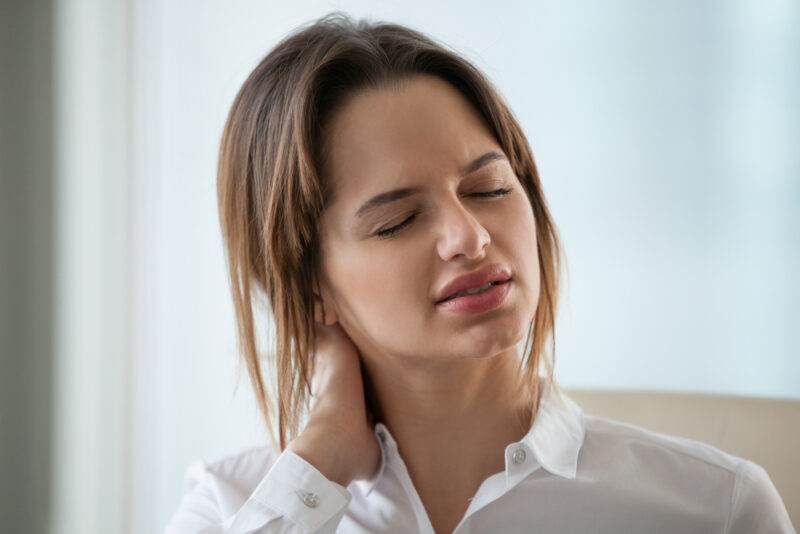What Is Spondylosis?
Cervical spondylosis is described as age-related deterioration of the bones and cartilage of the neck. This condition affects the spinal discs and worsens with age. More than 85% of people that are 60 years old or older are affected by cervical spondylosis. In most cases, cervical spondylosis causes no symptoms. When symptoms do occur, nonsurgical treatments often are effective.
What Are Some Causes Of Spondylosis?
As people age, their spines and neck slowly deteriorate. Some causes of spondylosis may include:
- Dehydrated discs. Discs act like a spacer and shock absorber between the vertebrae of the spine. As the discs start to thin out there is more direct contact between the bones in your spine.
- Herniated discs. A herniated disc is commonly described as a “slipped” or “ruptured” disc.
- Bone spurs. As the disks begin to tear, the body may produce extra amounts of bone in a wrong attempt to make the spine stronger.
- Stiff ligaments. Spinal ligaments can lose mobility with age, making the neck lose motion range.
What Are The Symptoms Of Spondylosis?
Most people do not experience any symptoms. When symptoms do occur, they typically include pain and lack of mobility range in the neck. Usually, this happens because the spondylosis pinches your spinal cord or nerve roots If this happens you might experience:
- Tingling, numbness, and weakness in different parts of your body such as your arms, hands, legs, or feet
- Lack of balance and difficulty walking
- Loss of bladder or bowel control
What Are The Risk Factors For Spondylosis?
There are certain factors that increase your probability of developing spondylosis. Some of them include:
- Age. Cervical spondylosis happens frequently as you become older.
- Occupation. Jobs that involve constant neck motions, bad posture, or a lot of overhead work put extra stress on the neck.
- Neck injuries. Previous neck injuries may increase the risk of cervical spondylosis.
- Genetic factors. Your medical history matters. If your mom, dad, sister, or brother has this condition then you may have it too.
- Smoking. Smoking has been linked to affecting neck pain.
How Can You Slow Down This Condition?
You may not be able to prevent cervical spondylosis. There are risk factors that are out of your control like an accidental injury, aging, or genetics. However, there are things you can do to slow down the process of deterioration of your neck. The following steps may help with spondylosis:
- Stay physically active. Exercising reduces the stiffness of your spine
- Use good posture. Standing or sitting up straight can help ease the pain while keeping your spine flexible.
- Prevent neck injuries or trauma. Accidents can not always be avoided. However, if you know that an immediate family member has this condition you may not want to engage in extreme activities. If you do live an active lifestyle always use the right equipment and the right form when exercising or playing sports.
- Avoid hazardous occupations. Constantly putting too much stress on your spine is never a good idea. You do not want to perform activities that repeatedly put pressure on your spine for long periods of time.
- Do not smoke. Smoking cuts the oxygen level in your spine making your discs drier.
If you do have spondylosis, or another consequential condition, Comprehensive Spine Care, in Westwood, NJ, can help with a personalized treatment that does not require invasive surgery. Jonathan Lester, M.D. is a board-certified physiatrist specializing in the rehabilitation and non-surgical management of complex spinal disorders and musculoskeletal pain. If you’d like to schedule an appointment please call (201)634-1811.










